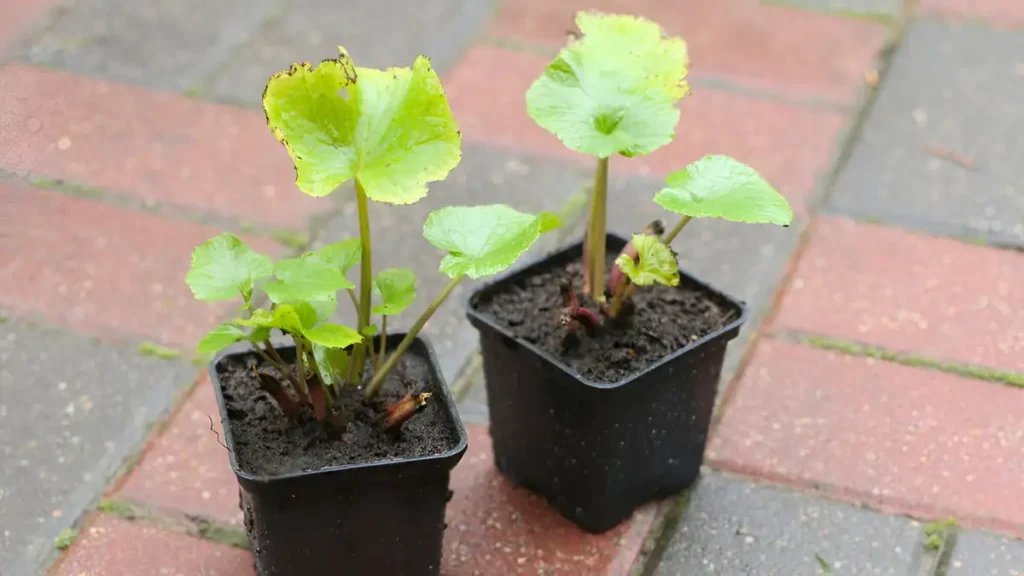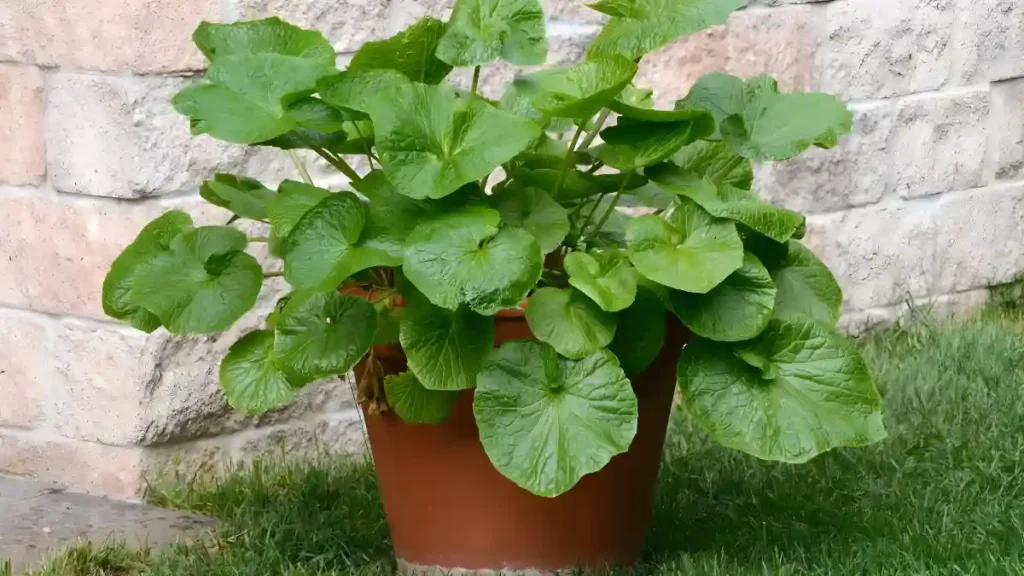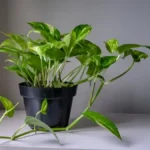If you’re curious about how to grow wasabi, you’re in for a rewarding gardening adventure. A fulfilling and distinctive experience, growing wasabi at home lets you savor the unique flavor of this highly valued Japanese condiment straight from your garden. Wasabi is a versatile and tasty plant that grows well in pots, despite being generally linked with sushi. As such, it’s a great option for urban or small-space gardening. This tutorial will show you how to grow wasabi in containers, adding an elegant flavor to your home’s cuisine.
How to grow wasabi in a pot: a detailed tutorial:
Selecting the ideal light, location, and container:
- Choose a wide, shallow container with good drainage. Wasabi prefers a slightly acidic environment, so consider using a wood, plastic, or ceramic container.
- Wasabi likes chilly, shaded environments. Put the container in a partially shaded or filtered sunlight area. Steer clear of direct sunlight, particularly in warmer regions.
Soil preparation for growing wasabi:
- Rich, well-draining soil with a somewhat acidic pH is ideal for wasabi. To improve the nutrient level, incorporate compost or other organic materials into potting soil. Verify that the soil is still moist but not drenched. Drainage can be enhanced by adding vermiculite or perlite.
How to grow wasabi:
- Wasabi can be grown from seeds or rhizomes, with rhizomes planted 2 inches deep and separated by at least 12 inches.

How to grow wasabi with proper maintenance and care:
Watering and temperature management:
- Wasabi plants require consistent, damp soil with adequate drainage to prevent root rot.
- Wasabi grows best in cold climates. Keep the temperature in the range of 10°C to 21°C (10°F to 70°F). Keep the plant safe from the cold.
Feeding plants:
- Fertilize plants every four to six weeks with a balanced, water-soluble fertilizer during the growing season, avoiding overfertilization to maintain flavor appeal.
Mulching and pruning:
- To retain moisture and keep the roots of the plant cool, cover the base of the plant with a layer of organic mulch, such as leaf mulch or straw.
- Regularly remove any yellowed or damaged leaves. The plant can concentrate its energy on strong development as a result.
How to grow wasabi with Regular care and monitoring:
- Watch out for pests like snails and aphids. For aphids, control methods include using insecticidal soap, and for slugs, handpicking. Maintain adequate air circulation to ward off illnesses.
Collecting:
- The plant’s leaves and stems can be harvested, while the sought-after wasabi roots, or rhizomes, are typically ready for harvest within a year or two.
Conclusion:
In conclusion, how to grow wasabi at home is a rewarding and feasible endeavor. for those seeking to enjoy this unique and flavorful plant. By following a few key steps, you can successfully recreate the ideal conditions for wasabi growth, even if you don’t have access to traditional soil beds. By following these steps on how to grow wasabi, you’ll be well on your way to cultivating this flavorful and distinctive plant in your own garden.
Certainly! If you’d like to learn more, please consider following our WhatsApp Channel, Facebook, Instagram, YouTube, Twitter, and Pinterest.
A frequently asked questions:
Q1: How to grow wasabi hydroponically?
A1: Maintaining a pH of 6.0–7.0, cold temperatures (around 54°F or 12°C), a well-aerated nutrient solution, and high humidity in a shaded area are all necessary for hydroponically growing wasabi.
Q2: How much light do I need for growing wasabi indoors?
A2: Wasabi likes shadows and soft light. For a minimum of twelve hours per day, provide filtered sunshine or artificial light with a color temperature of between 4000K and 5000K.
Q3: What is wasabi?
A3: Wasabi, a pungent Japanese condiment, is primarily consumed as a rhizome, used to create a spicy green paste often served with sushi.



